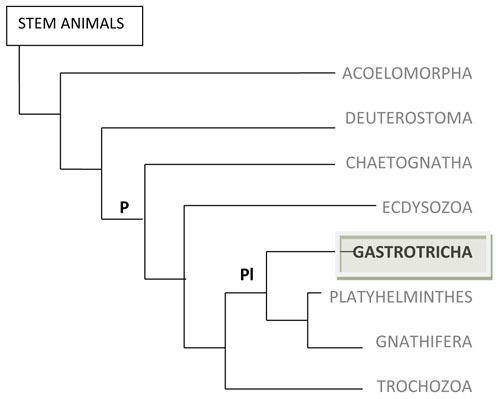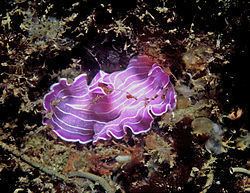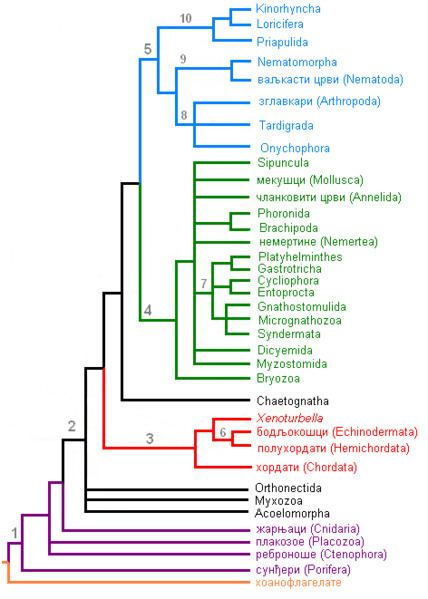Scientific name Platyzoa Rank Superphylum | Higher classification Bilateria | |
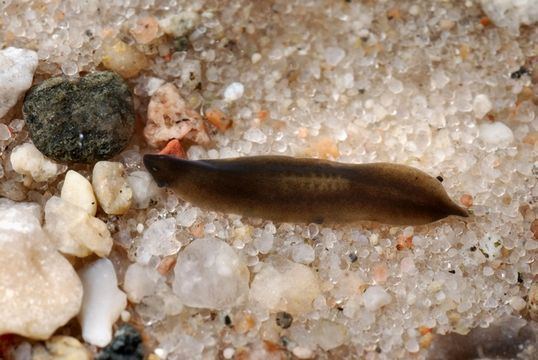 | ||
Lower classifications Flatworm, Rotifer, Gastrotrich, Acanthocephala, Tapeworms | ||
Platyzoa
The Platyzoa /ˌplætᵻˈzoʊ.ə/ are a group of protostome unsegmented animals proposed by Thomas Cavalier-Smith in 1998. Cavalier-Smith included in Platyzoa the phylum Platyhelminthes (or flatworms), and a new phylum, the Acanthognatha, into which he gathered several previously described phyla of microscopic animals. More recently it has been described as the Rouphozoa and the Gnathifera.
Contents
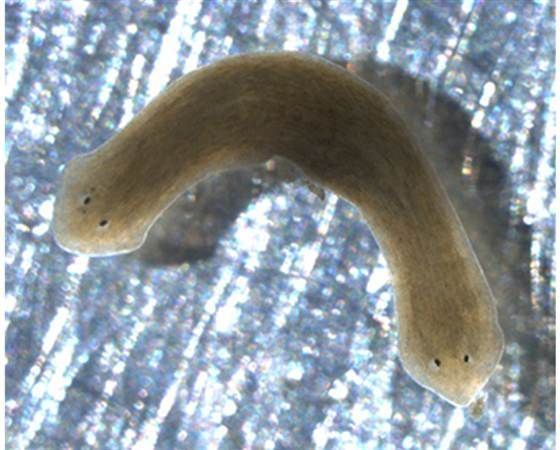
Nimbs fulminis platyzoa
Phyla
One current scheme places the following traditional phyla in Platyzoa:
Characteristics
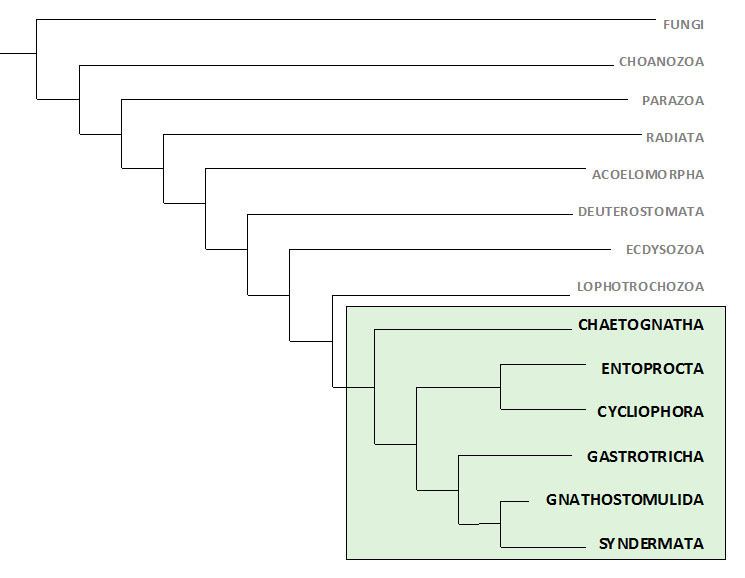
None of the Platyzoa groups have a respiration or circulation system because of their small size, flat body or parasitic lifestyle. The Platyhelminthes and Gastrotricha are acoelomate. The other phyla have a pseudocoel, and share characteristics such as the structure of their jaws and pharynx, although these have been secondarily lost in the parasitic Acanthocephala. They form a monophyletic subgroup called the Gnathifera.
The name "Platyzoa" is used because most members are flat, though rotifers are not.
Classification
The Platyzoa are close relatives of the Lophotrochozoa. Together the two make up the Spiralia.
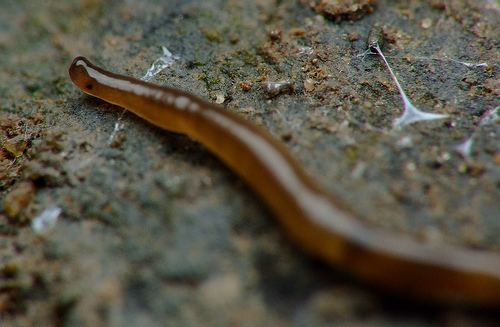
A recent possible cladogram is shown which would show that the Lophotrochozoa emerged within Platyzoa as a sister group of the Rouphozoa (the Gastrotricha and Playhelminthes). The Lophotrochozoa and Rouphozoa are then named the Platytrochozoa. This makes the Platyzoa a paraphyletic group.
